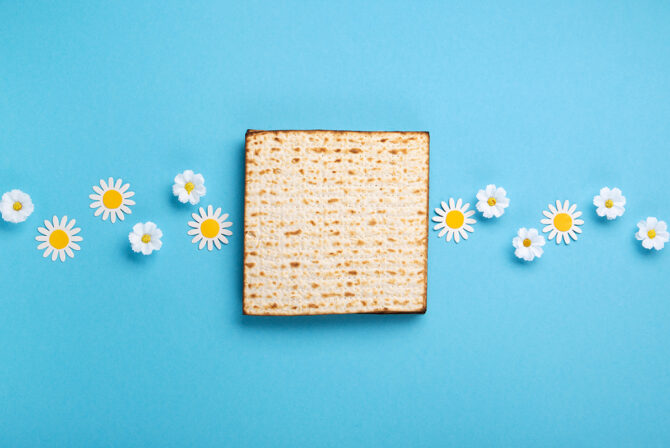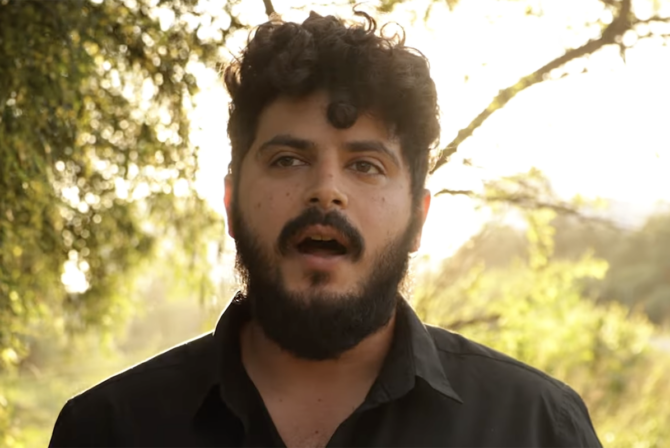When I was pregnant, the thought of having girls terrified me. I rode the subway to work every day and cringed at the young girls headed to school wearing skin-tight jeans and low cut shirts. I watched girls who couldn’t be more than 12 or 13 wearing makeup, flipping their hair, trying to look hot.
I remember wearing sweatpants to school and spending entire summers with my hair in a ponytail. That is what I wanted for my daughters. Or at least, some sort of a balance. I would sit there and agonize about how we were going to keep our girls from feeling like they have to dress provocatively to be noticed. Should we just raise them in a bunker upstate?
Then I would get off the subway and walk five blocks to the Orthodox all-female college where I taught freshman writing. Like a breath of fresh air, I’d suddenly find myself surrounded by modestly dressed young women. Sure, some wore pink, but they didn’t expose their cleavage or their navel. These young women had found a way to be feminine without being so forward about their sexuality.
There was, of course, a flip side. As getting married and having children young is a cultural imperative in the Orthodox Jewish community, so many of my students seemed singularly focused on relationships, sort of off-setting their modest dress and tipping the scales once again toward the female stereotype of husband-hunter, pink-clothes gatherer. Amongst my colleagues during coffee breaks, I would wonder about my students’ goals. What about travel? What about graduate school? What about dating lots of people and then finding the one after important growing experiences? In my classes, I urged them to explore, to take time off and slow down. Mostly, they smiled at me kindly, interested in my stories, but also seemingly aware that their
lives would be different.
Once my girls were born, I continued to teach at the Orthodox college, but instead of standing in front of a class, I opted for an easier schedule and tutored students one-on-one. During these sessions, I got to know my students in a way that I couldn’t have during our seminars. In this more intimate setting, they talked to me about their plans for the future, which I was pleasantly surprised to learn included doctoral programs in history, jobs with the State Department in Eastern Europe, scholarships to Israel, feminist fellowships in Torah study. They also shared with me their joy as they became engaged, and I watched more than one former student cut her hair and don a sheytl (wig), required of religious Jews upon marriage.
I often felt a pang of sadness when they came back to school wearing a wig or a hat–I assumed something great had been forfeited. But instead of smiling demurely and looking down at the floor on her first day back at school after her wedding, the just-marrieds bounded into our appointments chattering about their new hairstyle and the paper they had to write on Emerson or Frost. Even more remarkably, my students greeted one another in the hallway post-wedding festivities (there were no honeymoons taken in the middle of the semester) and hugged and laughed, equally excited about their new relationships as they were about staying on campus that weekend for an all-girls Shabbat activity. I overheard conversations where they debated Nietzsche, urged each other to come along to a feminist seder, and boosted each other’s morale when rejections came from graduate schools or guys.
So what was the secret? Did Jon and I need to send our daughters for a religious education to protect them from promiscuity and conversion disorder? No. There are problems inherent (for us) in both a religious education and a secular one (though we both agree that it wouldn’t be the worst thing for public schools to require uniforms). Rather, the time I’ve spent on this campus watching these young women root for each other, hold each other’s hands and help each other become better people, has changed the way I feel about raising girls.
I’m still scared about makeup, menstrual cycles, slammed doors, tight clothes and–oh God–the teenage years. I’m scared about their first dates, their first boyfriends and all things related to sex. But I had forgotten about one of the best parts of being a girl, and that’s experiencing a female friendship. There is something undeniably unique about a female kinship, and it’s to be treasured. Belly shirts or a long skirt, underneath the costume is a girl with the capacity to love her friends fiercely and loyally. What I hope is that my daughters will find friends–both in each other and in others–who encourage them to be better, smarter, and more ambitious, like the girls I teach. Whether they feel the need to wear pink or wear sparkles or wear all black and slob around in sweatpants, I want them to know their worth, and a true girlfriend can help them see it.







